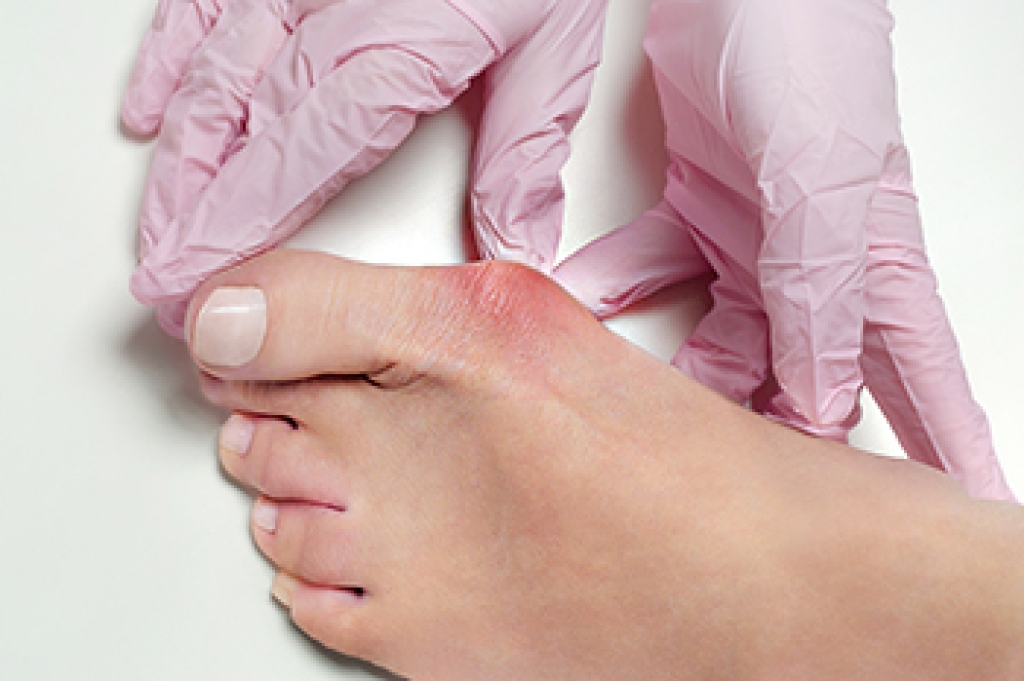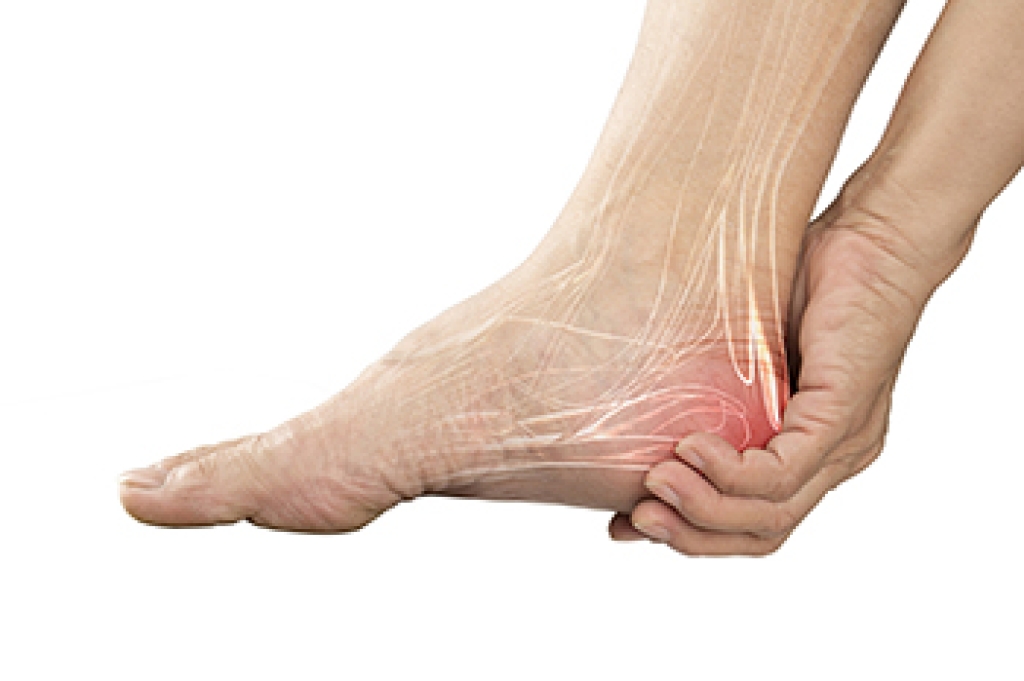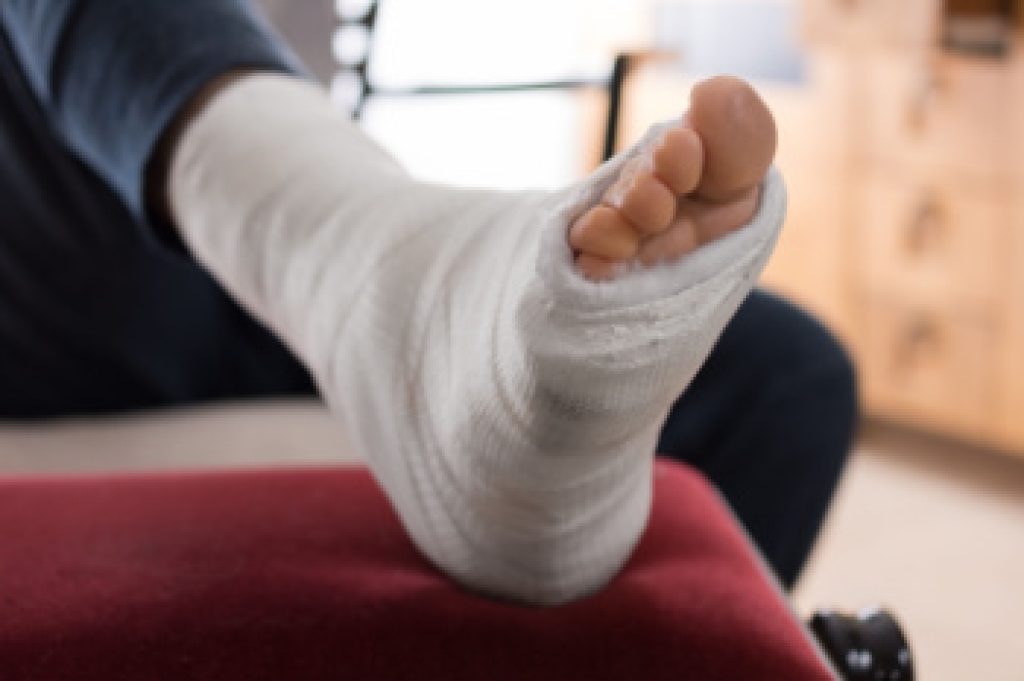
Athlete’s foot is a skin infection caused by fungi that thrive in warm, moist areas, such as shoes, locker rooms, and public shower areas. It often appears as peeling, itching, or cracked skin between the toes or on the soles of the feet. Some cases may cause redness, blisters, or a burning sensation. Because symptoms can resemble eczema or psoriasis, a proper diagnosis is important. A podiatrist can usually identify athlete’s foot by examining the affected area. In some cases, a small skin sample may be taken and examined under a microscope or sent to a lab to confirm the presence of fungus. Accurate diagnosis ensures the most effective treatment. If you notice persistent foot irritation or scaling, it is suggested that you see a podiatrist for a diagnosis and a treatment plan that clears the infection and prevents it from returning.
Athlete’s foot is an inconvenient condition that can be easily reduced with the proper treatment. If you have any concerns about your feet and ankles, contact one of our podiatrists from APEX Foot & Ankle Center. Our doctors will treat your foot and ankle needs.
Athlete’s Foot: The Sole Story
Athlete's foot, also known as tinea pedis, can be an extremely contagious foot infection. It is commonly contracted in public changing areas and bathrooms, dormitory style living quarters, around locker rooms and public swimming pools, or anywhere your feet often come into contact with other people.
Solutions to Combat Athlete’s Foot
- Hydrate your feet by using lotion
- Exfoliate
- Buff off nails
- Use of anti-fungal products
- Examine your feet and visit your doctor if any suspicious blisters or cuts develop
Athlete’s foot can cause many irritating symptoms such as dry and flaking skin, itching, and redness. Some more severe symptoms can include bleeding and cracked skin, intense itching and burning, and even pain when walking. In the worst cases, Athlete’s foot can cause blistering as well. Speak to your podiatrist for a better understanding of the different causes of Athlete’s foot, as well as help in determining which treatment options are best for you.
If you have any questions please feel free to contact our offices located in Fort Myers, Shellpoint, and Naples, FL . We offer the newest diagnostic and treatment technologies for all your foot and ankle needs.




